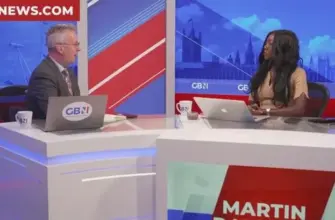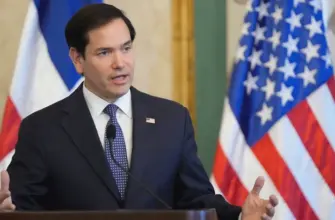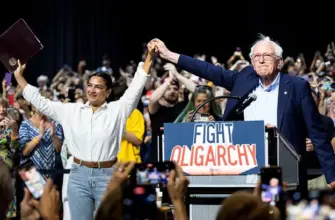The House of Representatives faces a critical juncture this morning as it attempts to reconcile with the Senate on the framework for President Trump’s proposed tax cuts.
A vote is anticipated within the first hour after 10:00 AM ET, but progress hinges entirely on achieving consensus. Failure to do so could halt the bill’s advancement altogether.
The Standoff: A coalition of more than a dozen House conservatives effectively blocked any consideration of the tax cut blueprint late last night, triggering intense negotiations.
“Whose throat do I get to choke?” reflects the tense atmosphere surrounding the stalled legislation.
Leaders from both parties engaged in extensive discussions to break the deadlock. House Speaker Mike Johnson (R-La.) spoke directly with former President Trump, while some conservatives met with Senate Majority Leader John Thune (R-S.D.) and key committee chairs within the Senate.
The Demand: The holdout group is seeking stronger assurances that the Senate will agree to further spending cuts beyond those already included in their revised budget, approved early Saturday morning. They want a commitment for deeper reductions.
What could unlock these votes? Options include:
- An informal pledge from the Senate to enact additional spending cuts.
- Modifications to the Senate package to align with House priorities.
The current impasse leaves the House stuck on step four of an eight-step process.
Senate Majority Leader Thune has indicated that attempting another round of revisions and overnight votes is impractical, given they’ve already completed two versions of the bill. This highlights a significant divergence between the ambitions of the House and the current capabilities of the Senate.
To move forward, both chambers must approve identical legislation. The intended simplicity of this process has been undermined by the present disagreement.
This situation also threatens Speaker Johnson’s goal of finalizing the bill before Memorial Day.
The Math: Johnson can afford to lose only three votes, but he currently faces opposition from more than a dozen members within his own party. The House and Senate are demonstrably out of sync; what passes one chamber is unlikely to pass the other – potentially jeopardizing the bill’s ultimate passage.
An alternative strategy involves adding two additional steps to the process, sending the competing House and Senate proposals to a conference committee for reconciliation. This would add complexity and delay, increasing the timeline from eight steps to ten.







